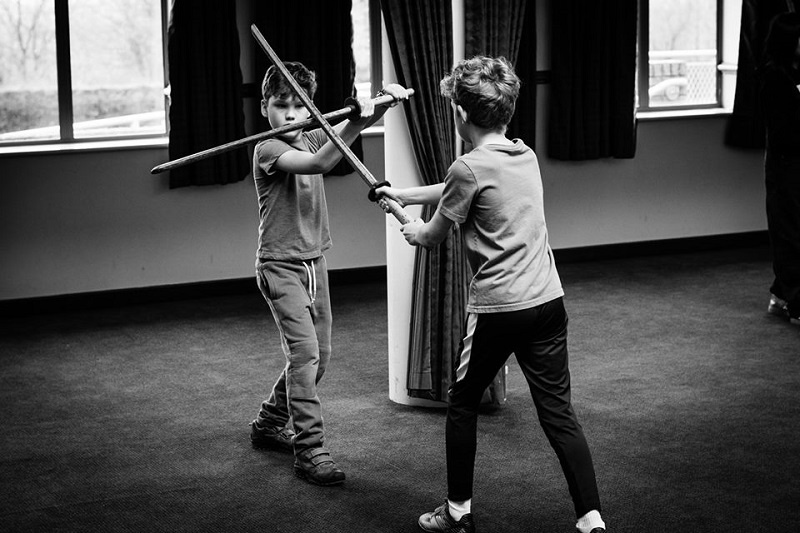
Fighting the good fight: Stage Combat for Young Performers
BY: Guest Writer
06 Apr 2018
As an Arts Award Supporter, Squire Stage Combat have been involved in delivery through workshops offering young people the opportunity to participate in an often overlooked art form. Mark Ruddick, the company’s founder, gives us an insight into the art of stage combat, and how it can develop young people as performers.
As a fight director, When I ask any performer about their combat training, the answer is almost always “I did took a training course once” or “I’ve done some workshops.” Would we cast an actor with a week’s worth of voice training to play Jean Valjean? Or train an actor for a week to dance with The Royal Ballet? Too often performers are cast in roles which they are not equipped for. The essence of drama is conflict and the epitome of conflict is combat. It is fundamental to theatre and film and we should encourage training of this form in our young performers.
We’ve worked in schools for over eight years now and are a proud supporter of Arts Award. We always enjoy meeting students and seeing their creativity blossom. Over the years, we’ve worked with thousands of students from diverse backgrounds. But no matter where we go there are a few things that come up time and time again. With this in mind I wanted to share my top three tips for teaching stage combat in the classroom.
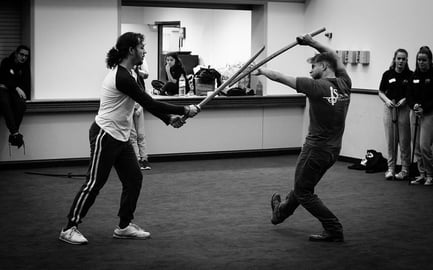
1. Why We Fight
When students devise a scene it inevitability turns into a fight. This is a complaint we hear from staff all the time and it’s a telling one. Conflict is at the heart of any scene and students who are new to improvising have limited options. It’s a lot easier to dogpile onto each other than think of a way to keep a scene going. Writing and performing dialogue may seem too daunting and emotional content too exposing. Students choose a fight because it’s the easiest, least threatening option available to them. This is often discouraged by teachers who are, understandably, keen to progress.
However, stage combat demonstrates key performance skills: to act and react, to work together, consider an audience, develop timing and control. These skills are transferable and as they’re developed, fights not only become more realistic and interesting but are also contextualised by further work. Once students understand that a fight is part of a larger story, the story itself becomes more interesting.
2. IT’S NOT REAL!
This may seem slightly patronising, but it’s nevertheless worth stating. We do not engage in physical fighting, have never and thankfully will never. Consequently, this can make exploring the portrayal of violence slightly difficult at times.
As with everything else on stage the fight will be set, rehearsed and repeatable. It’s our responsibility as teachers to show students how to perform fights safely and highlight the nature of violence in entertainment. From Shakespeare to Tarantino, violence acts as a climax or a catalyst. It’s at the heart of storytelling and can be a great teaching tool. Take Act 1 scene 1 of Romeo and Juliet, which uses a fight to introduce the two houses and their conflict, establishing the stakes. By understanding the staging of the first scene students can grasp the whole play.
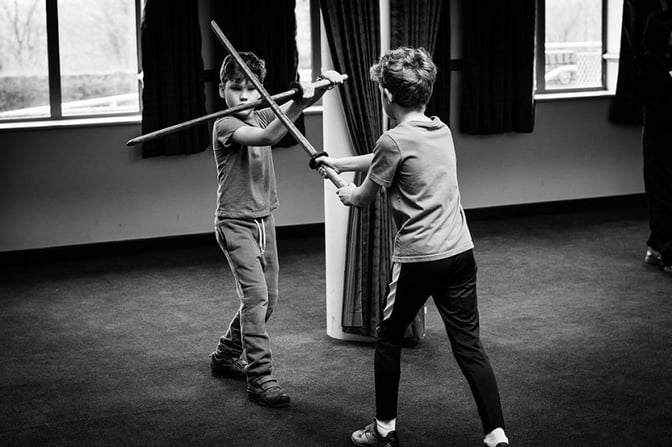
Beyond the practical safety element, dealing with violence in school is challenging. We don’t encourage aggressive behaviour but we may need to understand it. For example, I taught two students recently, who were and told by their teacher to stop working together during one of my workshops. The workshop covered the basics of unarmed combat and I watched as the pair painstakingly rehearsed the scene along with other students. They planned methodically began shouting and swearing at each other as they smashed heads into walls, slapped each other across the face and genuinely scared the other pairs that were working near them. It was a perfect fight scene after which neither was hurt and they were both laughing with each other. And yet they were told to stop! The teacher failed to realise that it was the characters, not the actors, fighting on stage.
3. What feels good doesn’t always look good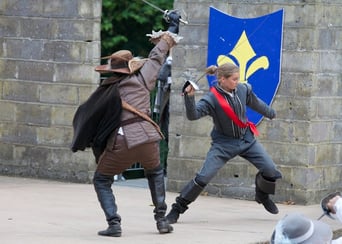
My previous points are more theory-based and general, so I’ll conclude with a practical teaching tool. Very often after an hour or so of unarmed combat, students get caught up choreographing long fights that descend into jumping and flailing at each other. In their head they feel like Bruce Lee fighting Jackie Chan, but if you manage to film the scene and play it back to them they very quickly recognise their mistake. They slow down and start to consider their performance, and it encourages students to think about camera angles, which is a useful skill even when working for stage.
The most important element of performance is your audience, and hammering this into students early really helps promote safe stage combat.
For more information on Squire Stage Combat, visit www.squirestagecombat.com
Related posts
BY: Guest Writer
BY: Alan Lynch

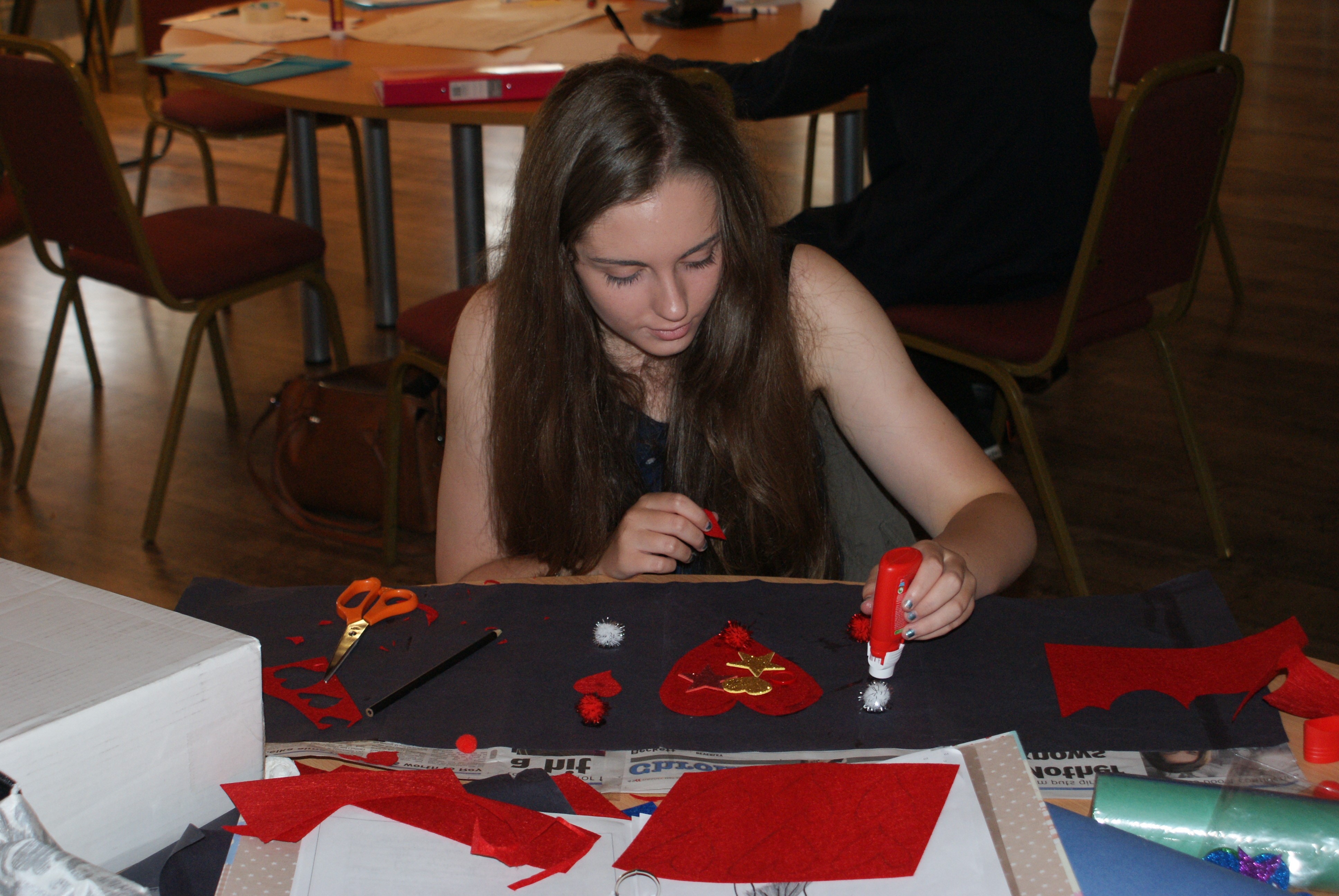

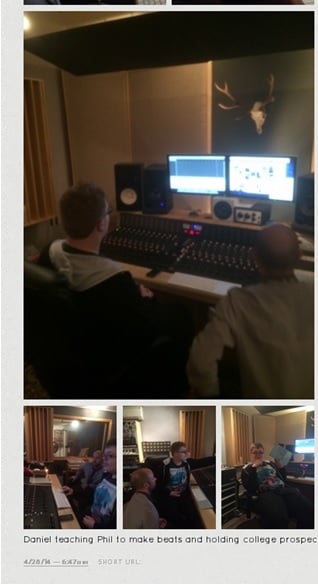
Comments & Replies